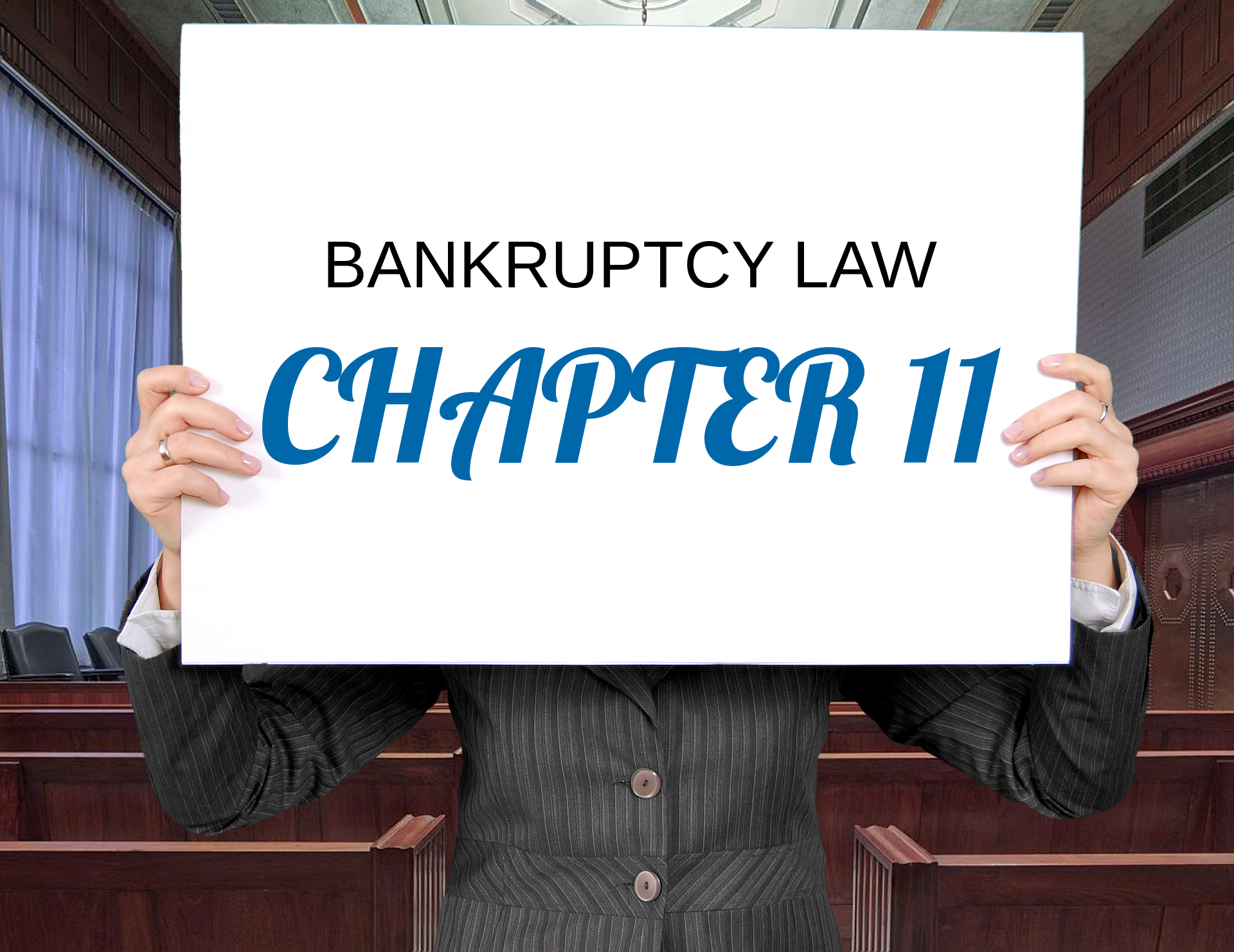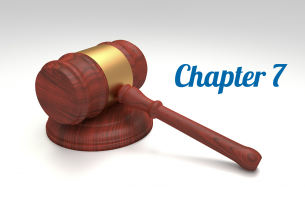When a company chooses to declare bankruptcy in order to receive protection from the Federal Government, it can choose to file the declaration under chapter 7 of the Bankruptcy code which means all of its assets will be dissolved and distributed amongst the creditors. Although most companies prefer to file this type of bankruptcy, there are others who choose to file Chapter 11 bankruptcies. What exactly is a Chapter 11 bankruptcy?
In a nutshell, Chapter 11 bankruptcy is when a company does not choose dissolution and liquidation but seeks protection from the government so that it can be reorganized. That is, the company will be given partial or full relief from creditors but it will not be dissolved. However, the court will reorganize the company according to its debts. In most cases of Chapter 11 bankruptcy, the whole company is given to the creditors to run.
What is the rationale behind Chapter 11 bankruptcy? In cases of bankruptcy, the assets of the company are no longer enough to cover its debts. As such, the creditors really do not get the full payment of the debt. Although the company assets do have value, it is often the case that the value of the whole company is bigger than the value of all its individual assets.
In cases like this, Chapter 11 bankruptcy is declared. During Chapter 11 bankruptcy, the owners of the company, meaning the stockholders, effectively lose control of the company. Courts then decide to whom the company should go.
The good thing about this is the fact that creditors can potentially get much more money under a Chapter 11 bankruptcy than they would under a chapter 7 bankruptcy. It also means that people working for the company filing for bankruptcy are able to keep their jobs. The assets are also retained and are able to produce a profit.
During a Chapter 11 bankruptcy, creditors who register at court have a chance to be heard. They are also the ones responsible for coming up with a reorganization plan in case the debtor cannot propose anything. This plan will cause them to take control of the company. The shares of the company filing for Chapter 11 bankruptcy are commonly rendered valueless which means that the owners will suddenly find themselves holding nothing.
However, the plan of reorganization has to be confirmed by a court. This means that the plan has to pass the scrutiny of the court and be found acceptable. Submitting multiple reorganization plans for confirmation is common under Chapter 11 bankruptcies. If no plan is approved by the court, then the Chapter 11 bankruptcy will be converted to a case of chapter 7 bankruptcy.
The prioritization of creditors under Chapter 11 bankruptcy is the same as in chapter 7. This means that people with secured debts are treated with preference. People who are holding collateral will be the first to collect their payment.
It is also commonly the case that the next creditors in line will not be given payment until the first creditor has been fully satisfied. Chapter 11 bankruptcy is also like chapter 7 bankruptcy wherein creditors who have failed to register within the time allotted by the court will no longer have any right to collect.
All in all, Chapter 11 bankruptcy is all about giving a company a second chance.





